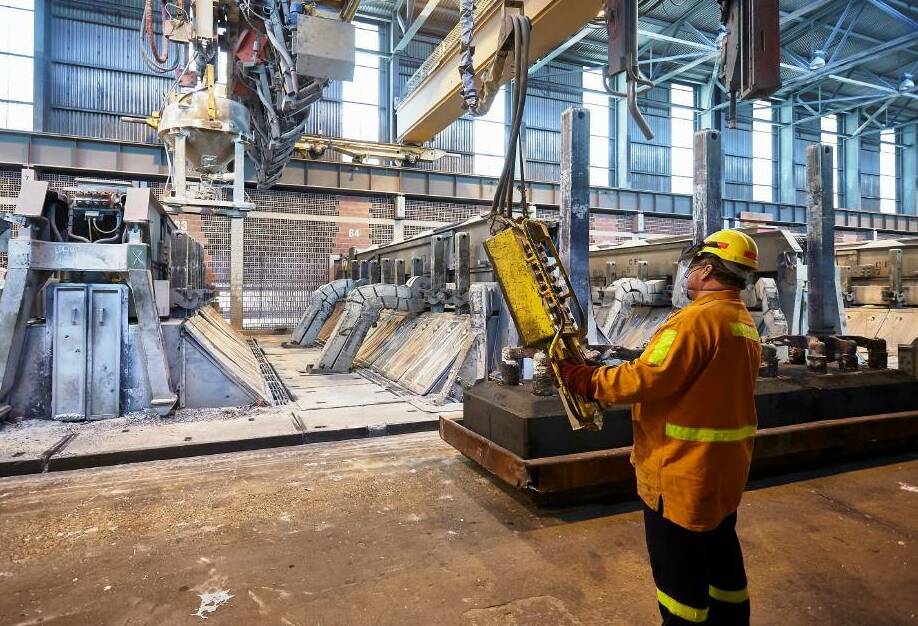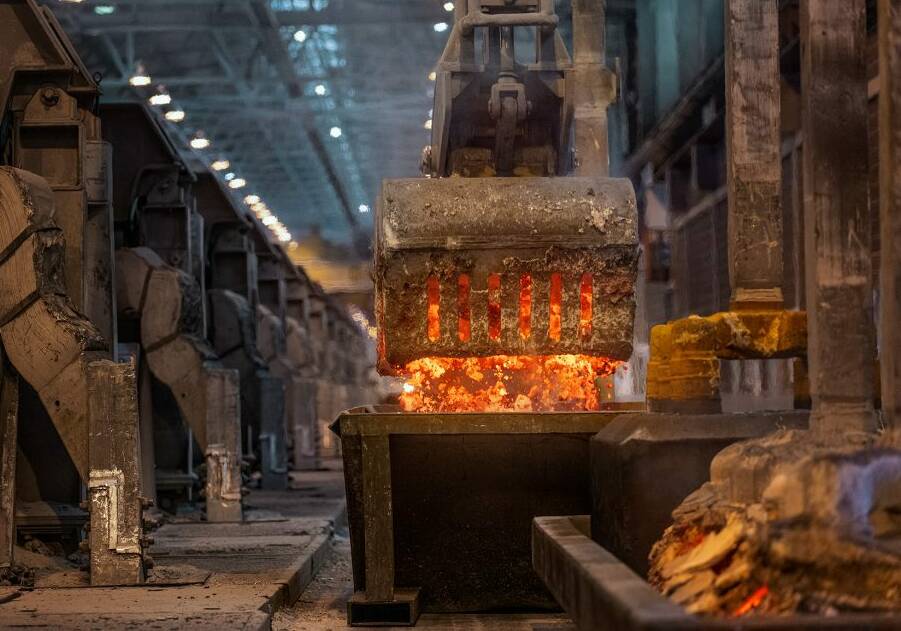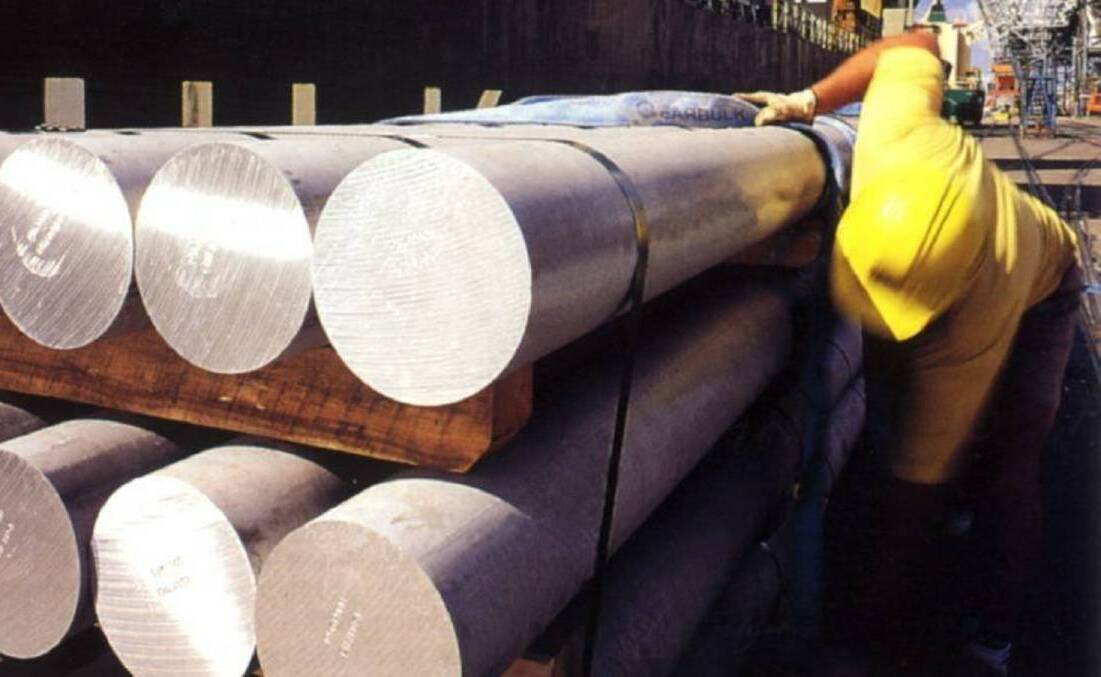
Tomago Aluminum is expecting to be asked to cut its power usage more frequently in coming years in an effort to prop-up an increasingly unstable energy grid.
The smelter, the state's largest electricity consumer, takes a constant 950 megawatts, or 10 per cent of NSW supply. It is also the largest interruptible load and can take around 600 megawatts off the state grid within minutes.
In recent years it has received numerous directives from the Australian Energy Market Operator (AEMO) to cut back or shut down its operations during periods of peak summer demand.
But the recent closure of Liddell Power Station, combined with the forecast of an El Nino weather pattern for the 2023-24 summer plus a shortage of firmed renewable capacity, means Tomago is likely to receive the emergency direction on an increasingly frequent basis.
Tomago Aluminium chairman David Fallu warned there was a limit to how much the plant could do without damaging productivity and sustainability.
"Tomago plays a role that is very valuable to network stability and we need to incorporate that role into our thinking. But, by the same token, we can't put smelter reliability at risk. We've shown that we can do it responsibly and safely but there is a limit," he said.

The longest that Tomago's three potlines can be without power is three hours before they "freeze". This would mean the write-off of the plant, which would cost about $5 billion to rebuild.
"These challenges used to be a summer phenomenon, whereas now it is becoming a summer and winter phenomenon, as we saw last year," Mr Fallu said.
Tomago's energy supply contract with AGL runs until 2028. As such, the announcement last week of changes to the default market offer from July 1 will not impact the smelter.
"The change in the default rate won't have a direct impact on us. It's more a reflection of the challenge in the Australian electricity market and energy market more broadly," Mr Fallu said.
It has called for expressions of interest to develop, invest in or procure long-term traceable renewable energy and dispatchable firm power generation projects or contracts to supply its production assets and underpin its decarbonisation strategy.
While there are rapidly evolving plans for large-scale renewable generation projects across the state, a shortage of firmed capacity (a guaranteed of a level of constantly available power) remains the biggest challenge for Tomago and other industrial power users.

The issue has been compounded by the delay in the construction of the 600 megawatt gas-fired Hunter Power Project at Kurri.
On the upside, AGL recently announced plans for the construction of a 500 megawatt battery on land near the aluminum smelter.
"We are aiming to incorporate as many renewables as is practicable in this process," Mr Fallu said.
"I'm probably net optimistic on generation side of things. The real challenge is firming and long duration storage.
"There may need be a degree of flexibility required around how we incorporate forms of thermal firming like gas to support us through the transition process."
To see more stories and read today's paper download the Newcastle Herald news app here.







